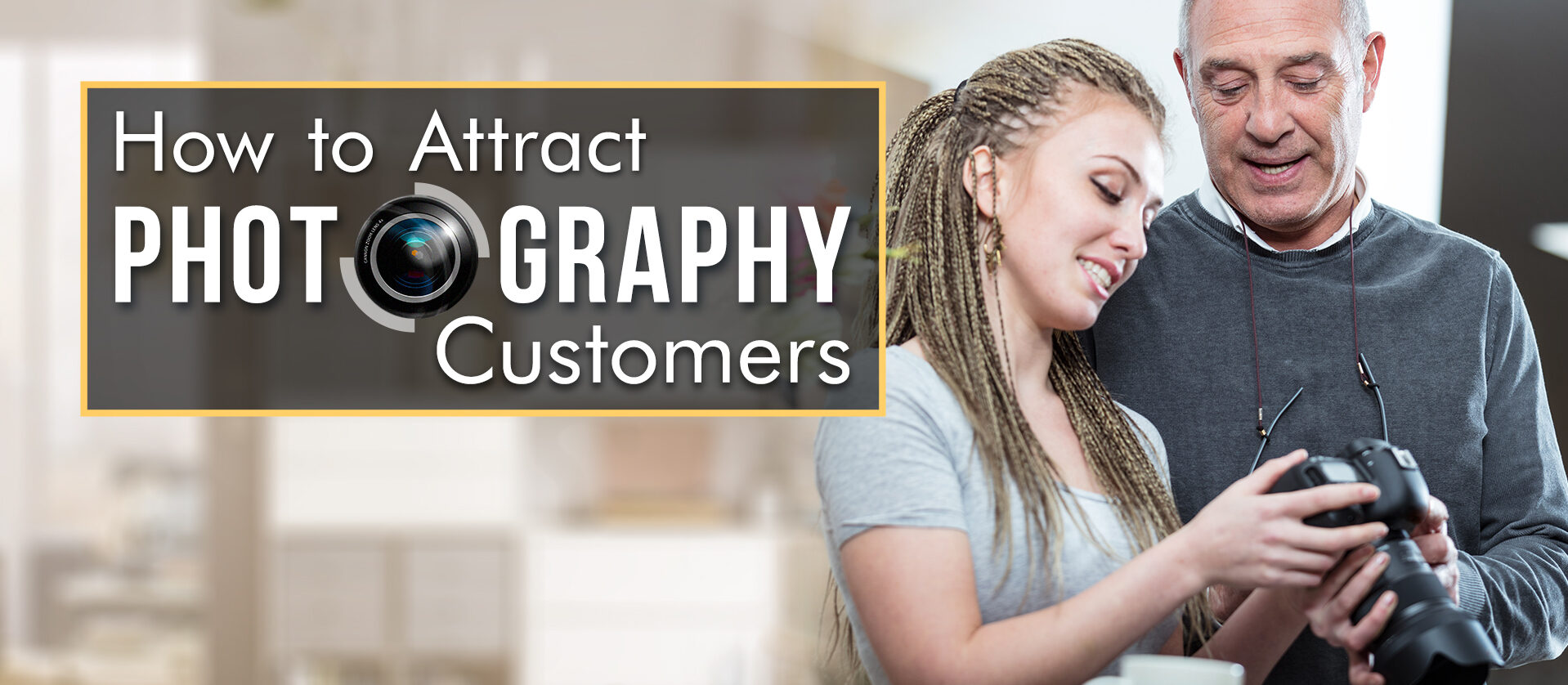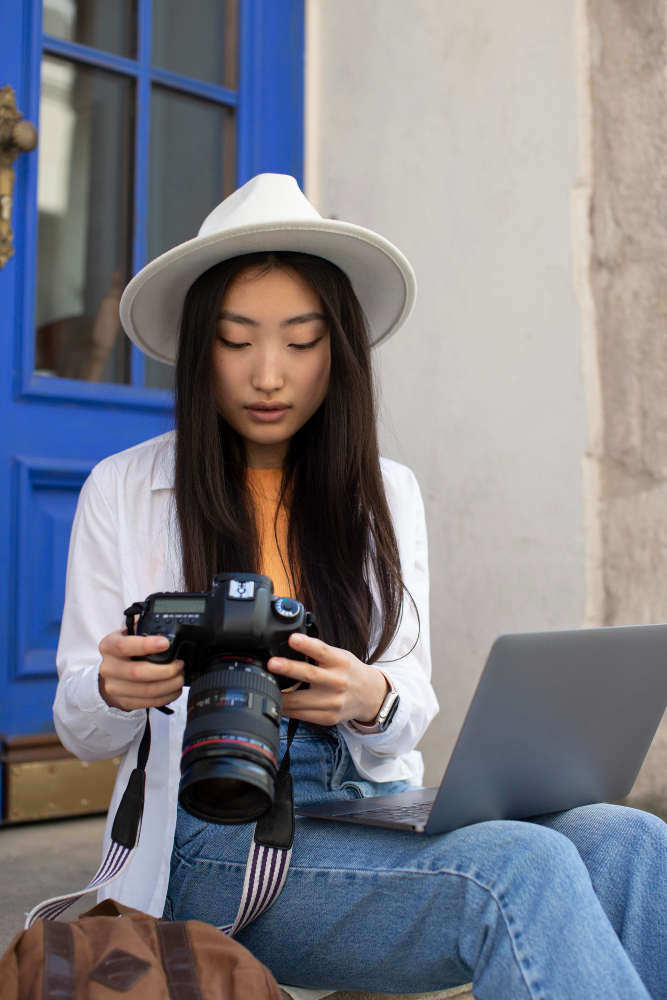
How to Take Stunning Photos During Winter
One of the outstanding benefits of being a photographer, whether you’re an amateur or a professional are the many choices or areas to work or experiment in. None less than winter or snow photography. You can of course ‘luck it’ and of course most savvy photographers with lots of time can simply figure things out. To help you along the path I’ve prepared a few tips for you.
Snow Exposure
You may already be aware that the exposure meter in a camera (digital or film) sees everything in neutral or mid gray tones. For instance, if you take a photo of the snow surface, it will (your camera) try to make it a light gray. This occurrence will take place whether you are on auto focus or manual. It won’t matter where you are; snow skiing, snowboarding or simply taking landscape snow shots. It won’t matter how much you paid for your camera or how little, the most advanced camera or the least. They give different results to beach photography and all meters see snow the same as each other.
Here are some exposure solutions:
Compensating for Exposure
Brightness of the subject, landscape or the scene to be photographed are the controlling elements here. You could try +1.5 up to +2 for bright lunch time shots when you know that there will be a lot of snow in your photographs. Then try +1/2 to +1 for overcast days or even early morning and late afternoon shots. This is my preference.
Take a Substitute Reading
Try to get a different reading from what is called a middle tone such as the blue skies we are blessed with from time to time or a gray card (from a camera outlet). You can do this by pointing your camera at the blue sky make sure that you fill the frame with the whole sky then record or lock that setting. Find the picture subject you want and then start shooting. If you decide to use a gray card make sure that the lighting is the same on the card as will be on your subject.
Don’t forget to look after your camera when you’re in the snow
Let’s face it, many classic stunning photographs are taken in the falling snow and you don’t have to avoid these conditions if you are well prepared and smart. Just take care of your camera – this should help a little;
Don’t let poor weather conditions stop you from getting out there. Many award winning photographs have been taken in bad weather conditions and once you have also taken a few, you’ll want to to take more. The tip here is to look for the unusual.
– Keep a highly absorbent cloth with you; an old singlet is good and no great cost but it is affective material for drying the camera. Some photographers use chamois (pronounced shammy) but they can sometimes be a little awkward to use in the angles of the camera when you’re trying to get all the moisture off. Don’t use either of these materials on your lens glass, just the camera housing. Keeping these items handy are especially important if you want to work with action photos or winter sports photography. Purchase a proper lens cloth or lens tissue for the glass of your lenses. Please don’t take that tip lightly.
– Keep a lens hood handy to use with each of your lenses and ensure you use it when it’s snowing (always). This will help prevent sun flair and will minimise mist and snow getting in and around the lens. Make sure the hood fits correctly to your lens – no improvising with this one.
These points will get you off and running and will discover little quirky techniques of your own as you progress with you winter photos as well. A final reminder to avoid photographing in the middle of the day. Your best shots will most likely be in the morning and the afternoon. If you have some tips of your own, please feel welcome to add them to the comments box below. Everyone will thank you if there’s one they can use and there will be someone who’ll benefit from your tip without doubt!
If you want to move into professional level landscapes, these guys (Doug Beckers and Erik Gunzel) have a top notch digital guide on all areas of improving your landscape photography to stunning levels. Even if you’re not ready to buy, you should at the least read the introduction to his guide. It’s impressive if you have an inkling for special landscape photos, even if you have a basic camera. Their work is impressive and it coaches you properly all the way through.
…all the best, Ray Baker

